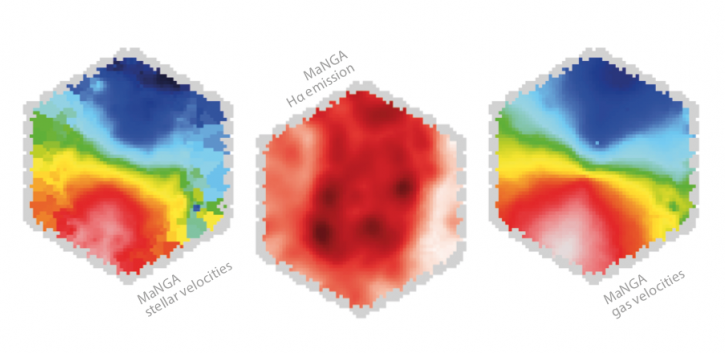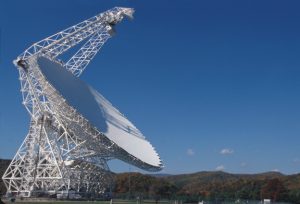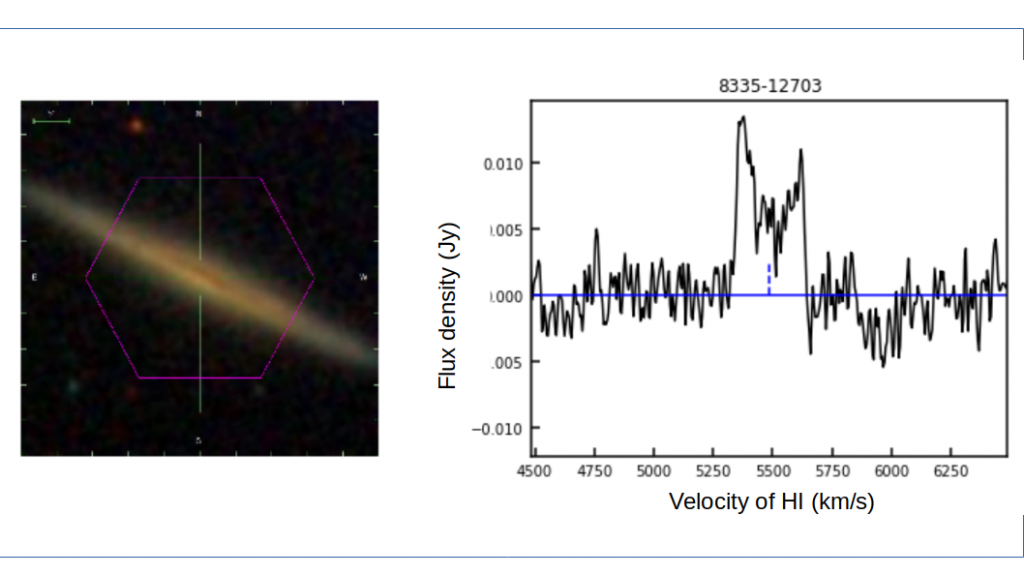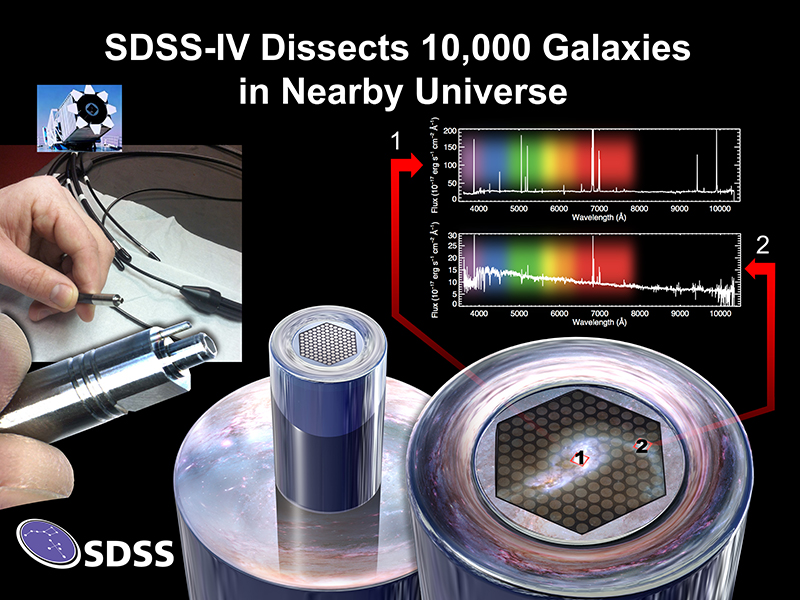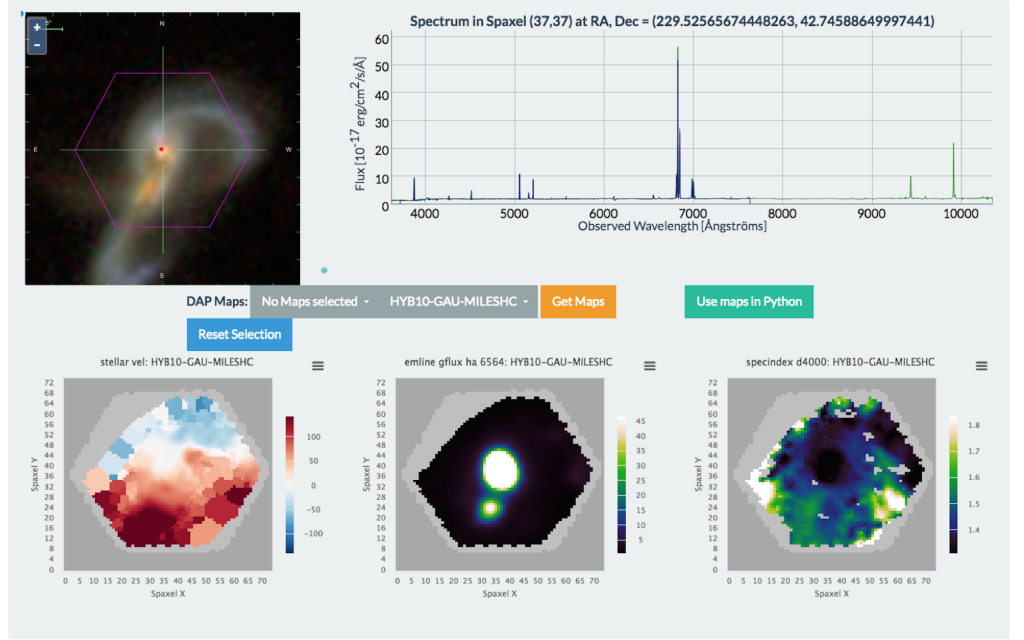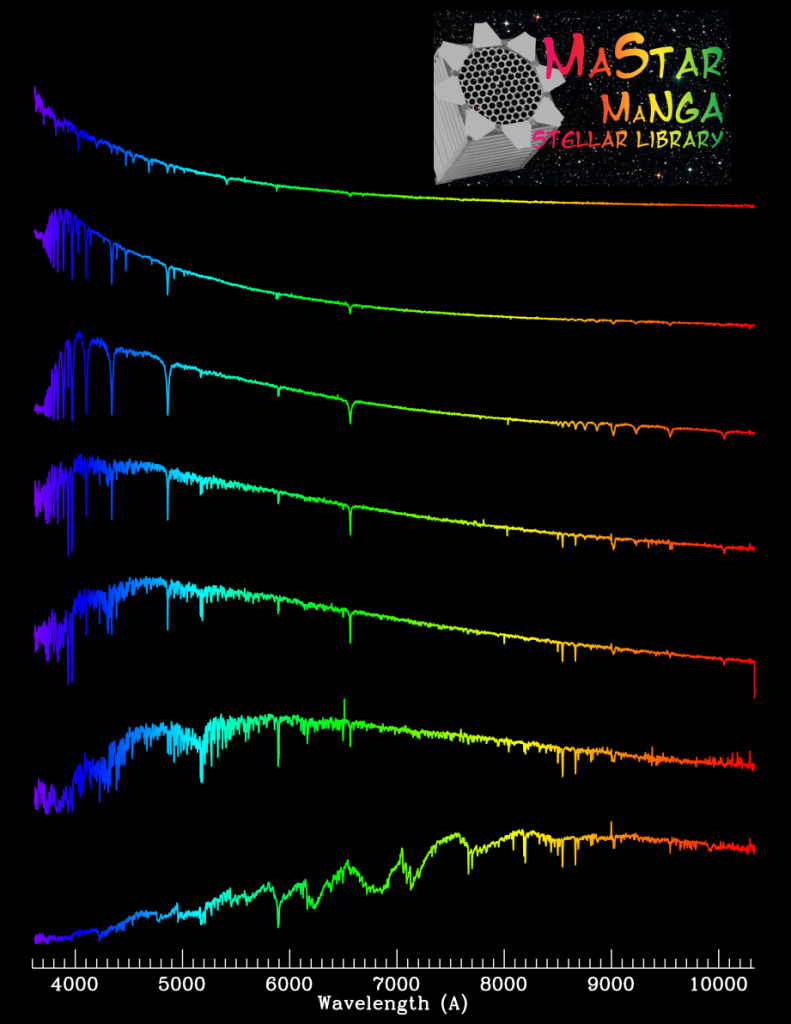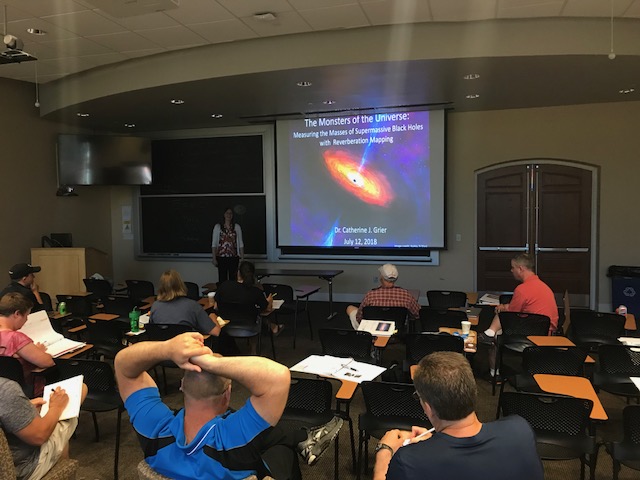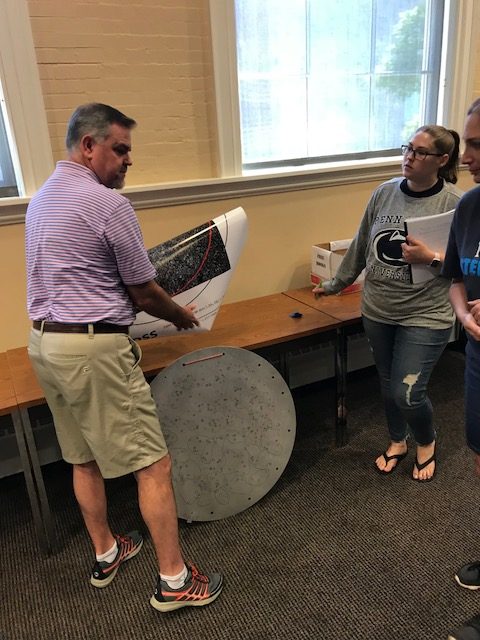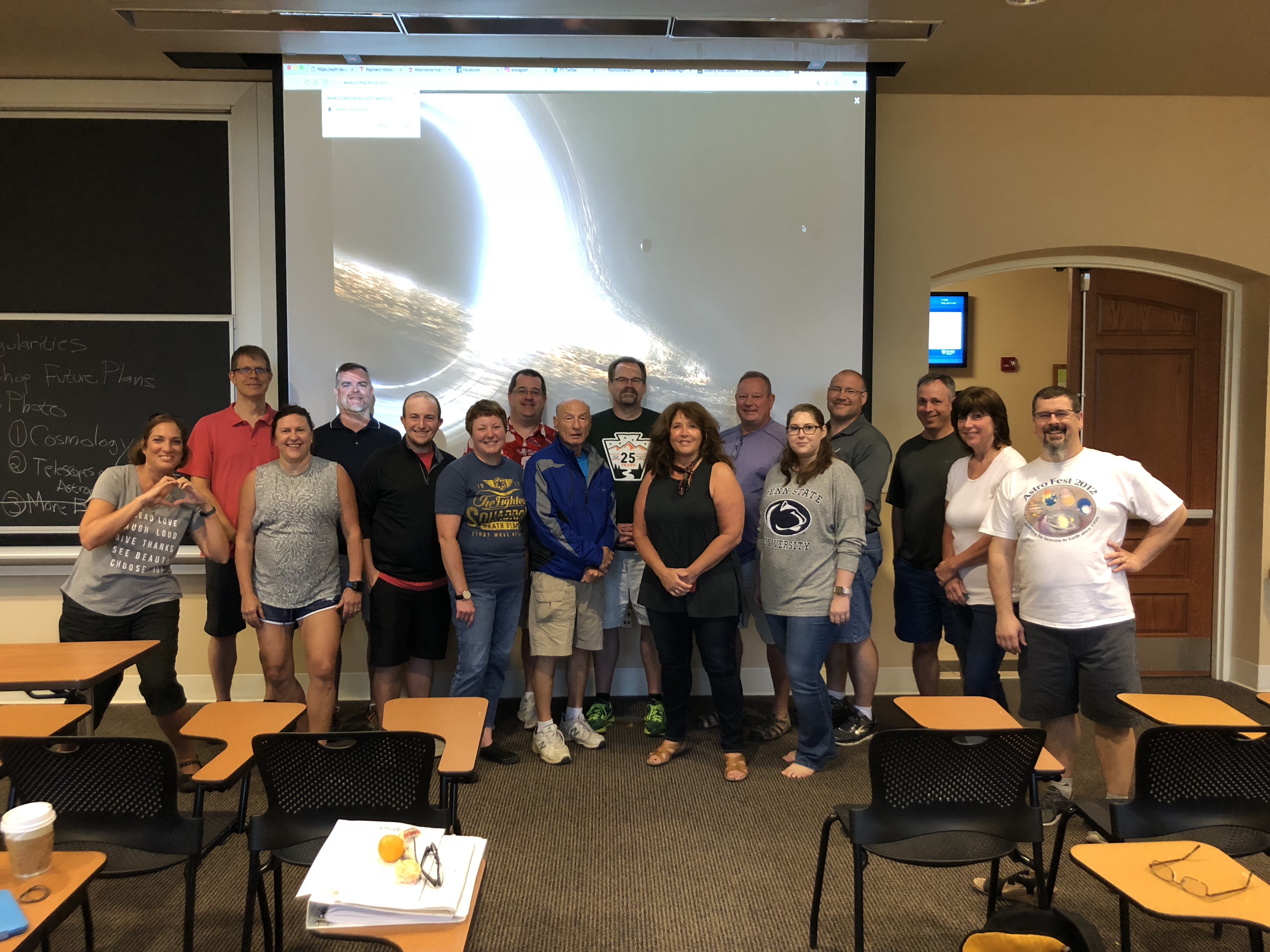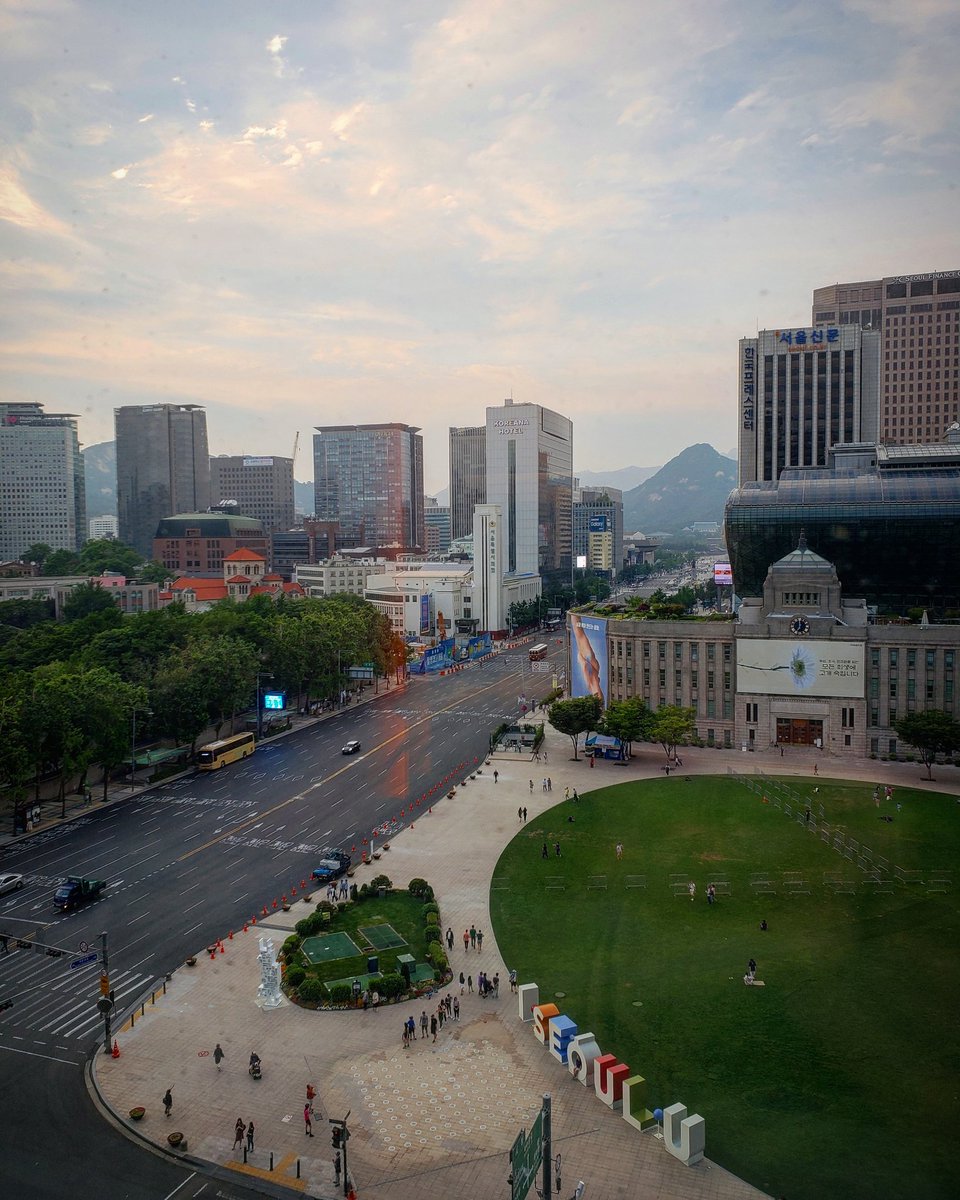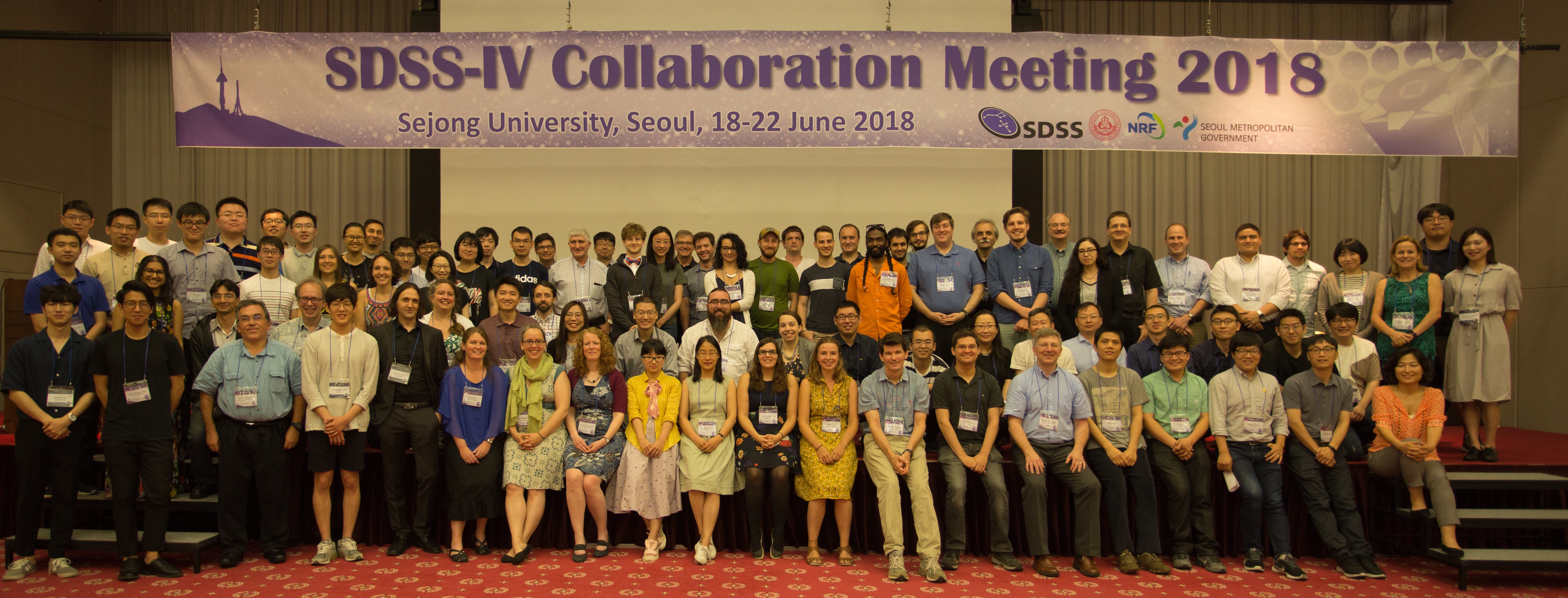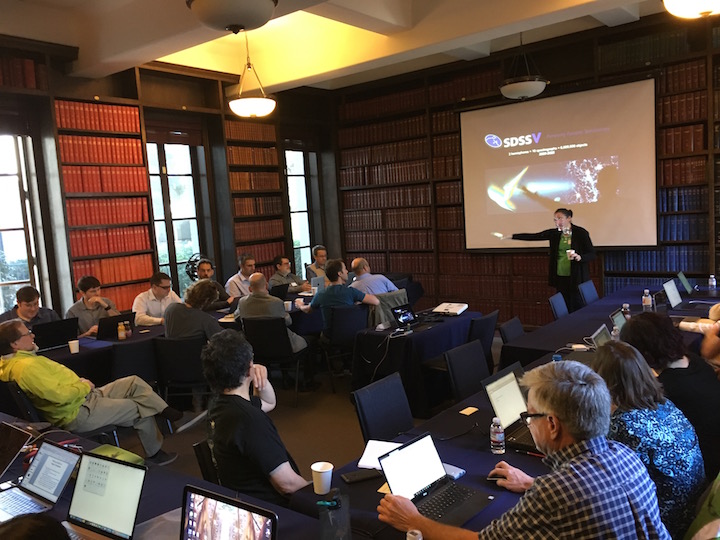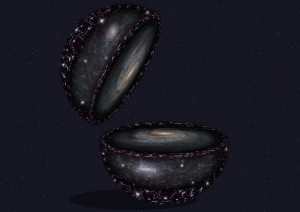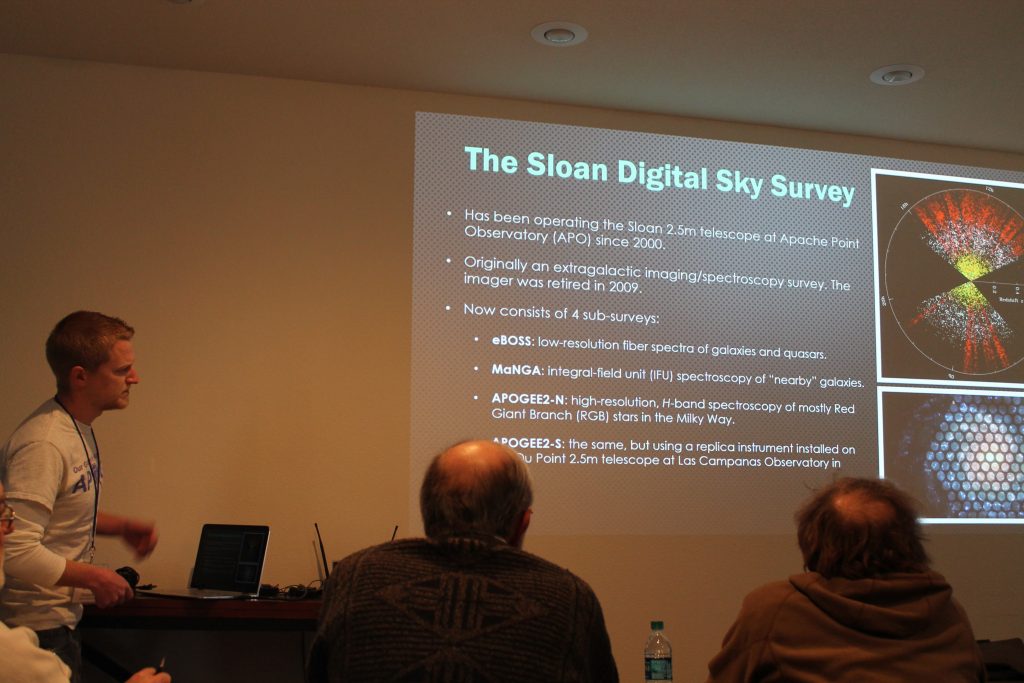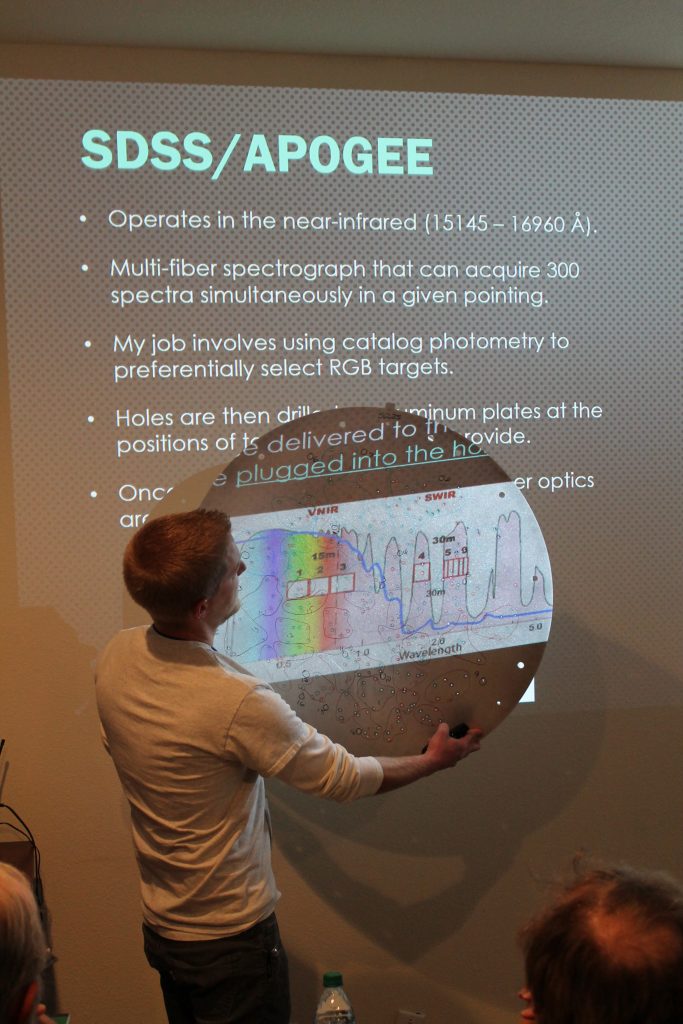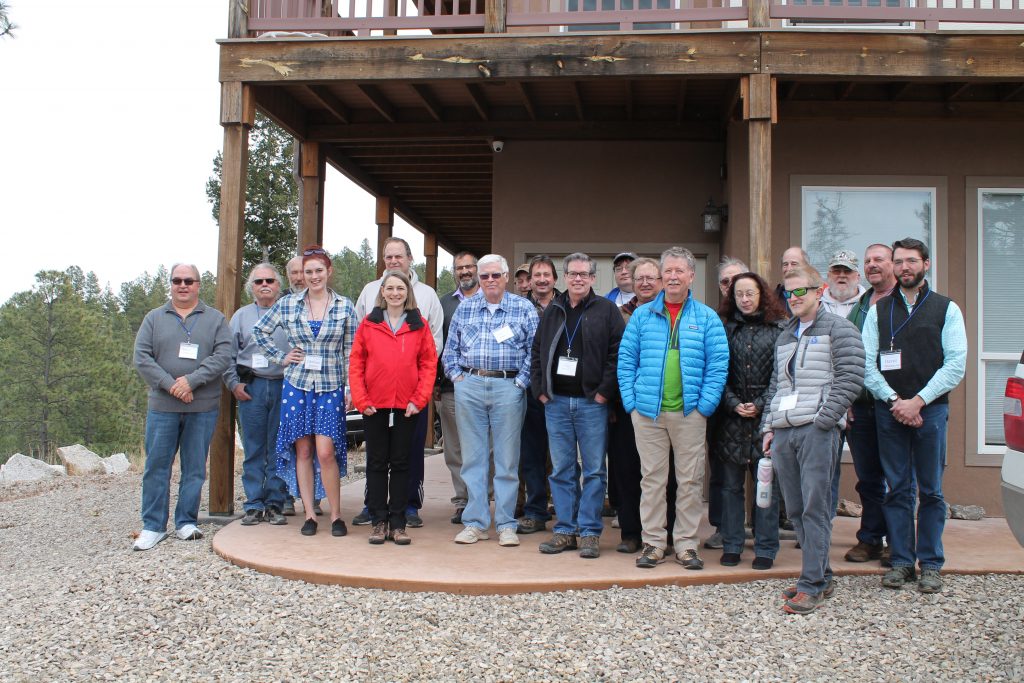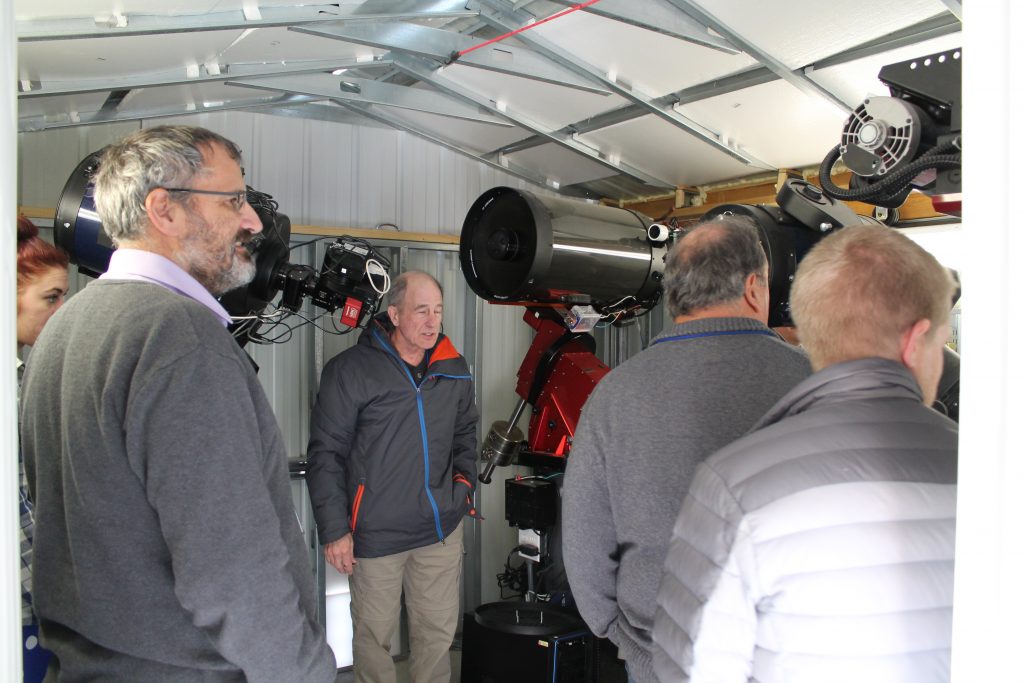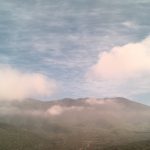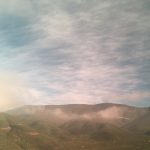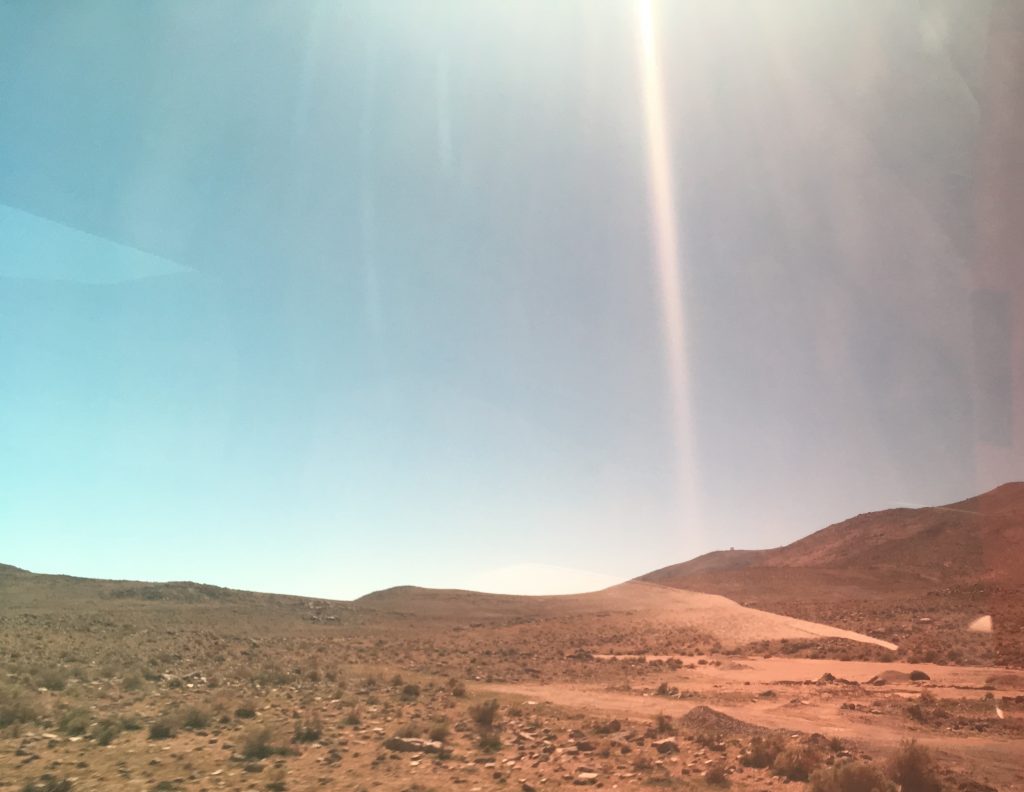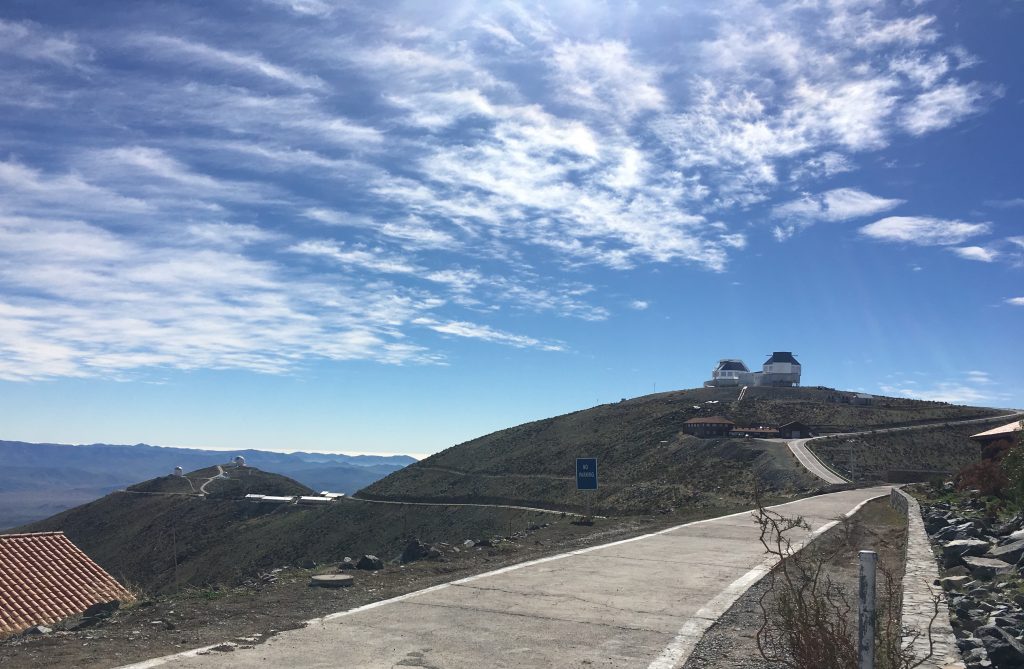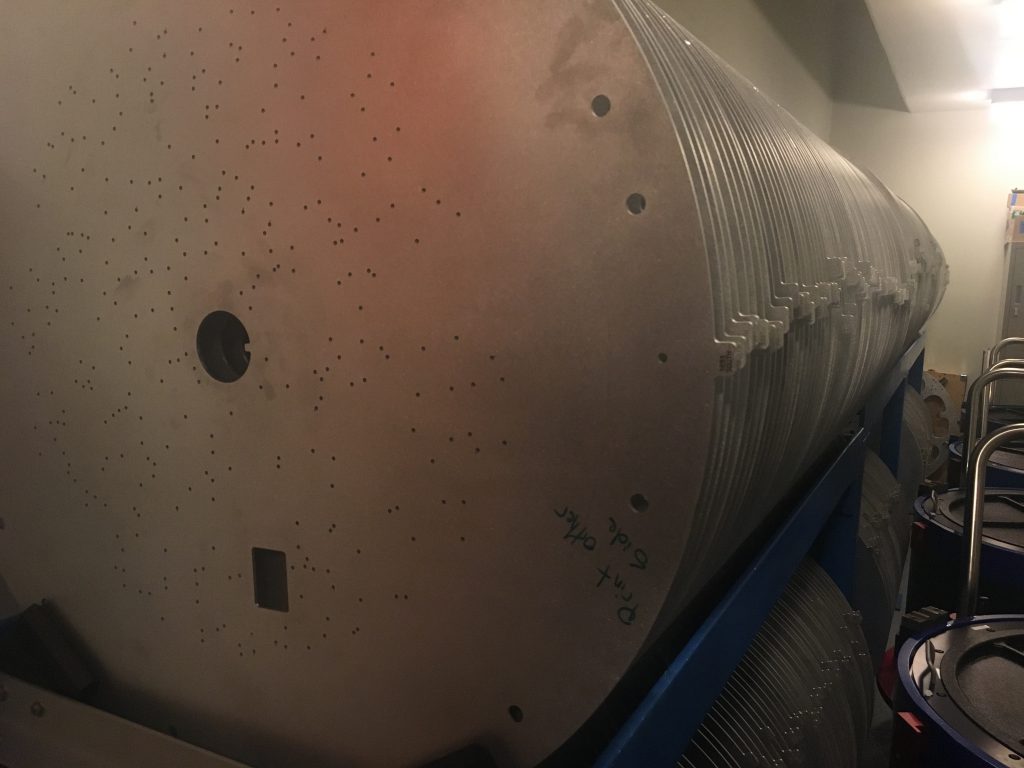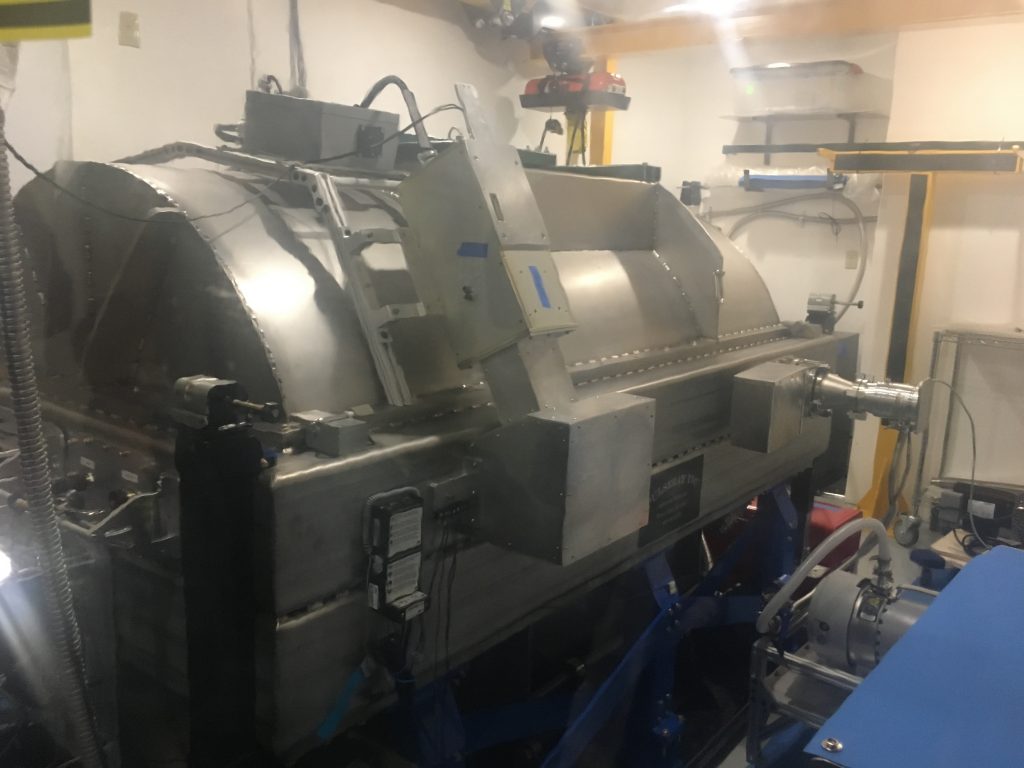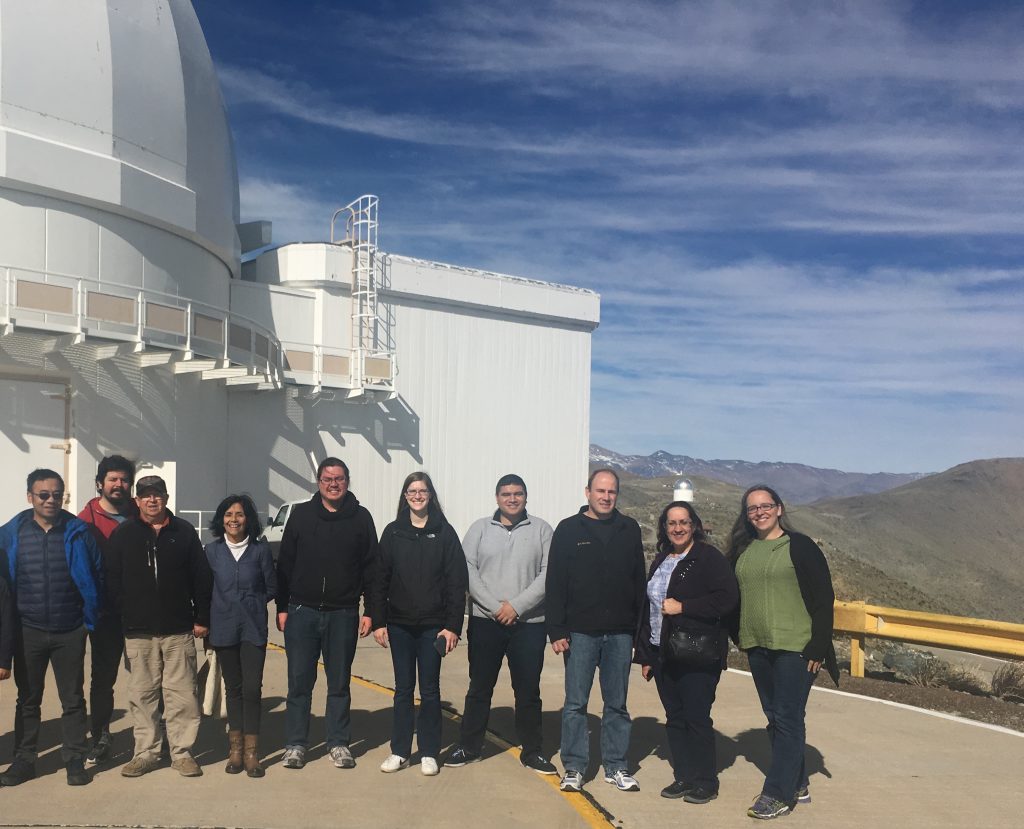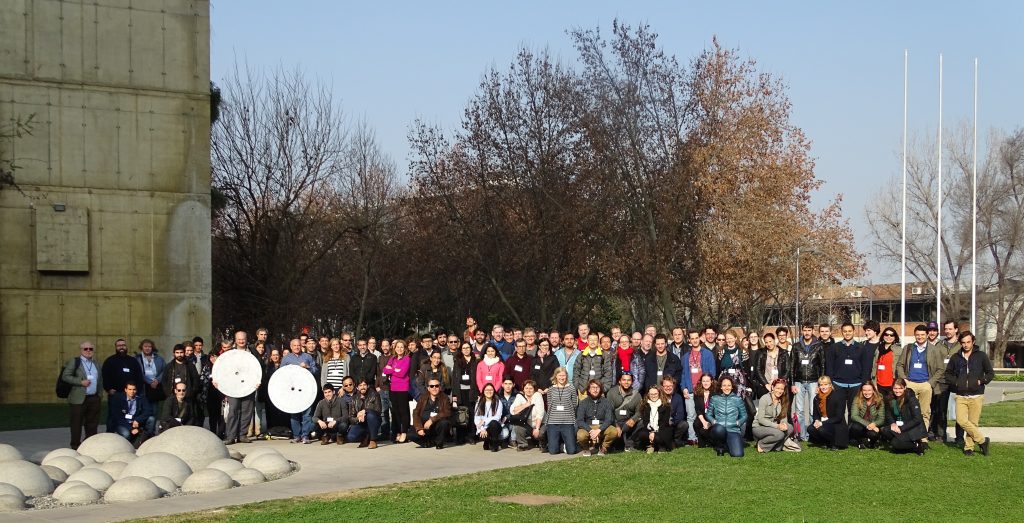The message below was distributed to the SDSS Collaboration on June 2, 2020, as a PDF and also as images on social media. The message is reproduced here for posterity and for “live” links. Some corrections to the original letter have been made, primarily correcting typographical errors or grammatical mistakes, but also in modifications to linked content after reflection on nuances in their statements. Making mistakes is part of the process of learning and of striving to be better; correcting them isn’t an act of weakness, but rather a statement of a lesson learned.
Dear SDSS Collaboration,
Among the many charges to COINS (the Committee on Inclusiveness in SDSS) is to evaluate the collaboration’s general climate, with respect to having a healthy atmosphere for encouraging young scientists to participate and lead scientifically and to inform the Collaboration on our findings and other resources on inclusivity.
Right now there are events across the world to protest violence and murder by the state. What follows below addresses directly specific issues within the United States, but we acknowledge that colonialism, racism, white supremacy, and other forms of oppression are occurring in many countries, including those of our colleagues in SDSS. We oppose the oppression of human beings in all forms and against all persons globally. We acknowledge that we have not always taken as strong and a stance as we should have in past global events, and we commit to doing better. Below we will ask for your help in doing so.
In accordance with these beliefs, we affirm the following statement:
Black lives matter.
For our Black friends and colleagues, we see your grief, your pain, and your anger. We mourn with you over those lives senselessly cut short: George Floyd, Ahumaud Arbery, Breonna Taylor, and so many others who have been killed before, many without hashtags and video footage. We recognize the profound anguish and additional trauma that members of the Black community carry as a result of systematic racism and violence. You are invaluable to this community, and we stand in solidarity with yours. We further denounce all acts of racism and white supremacy and commit ourselves to take every necessary action to eliminate them in our communities and the wider world.
As a first step, we invite everyone to review the Best Practices Document, with regards to the five elements of the SDSS workplace culture: respect, kindness, trust, diversity, and inclusion.
The SDSS Code of Conduct clearly outlines a policy that SDSS welcomes and respects its members regardless of race, ethnic origin, religious beliefs, gender, gender identity, sexual orientation, disability, age, family and socio-economic status, or cultural background. If you experience violations of the code of conduct or experience behavior that makes you feel uncomfortable, please reach out directly to the Ombuds, whose responsibility it is to serve and help you in these situations.
If you are finding it difficult to focus at this time or in prior moments of unrest, you are and were not alone. Moreover, it is natural to feel helpless during these larger events, but these larger events are not unrelated to the everyday actions we implement in our lives. Your choices are significant, and there are many things that you can do to have an impact. The list we provide below is by no means exhaustive, but hopefully provides a meaningful starting point for how to take action, generally.
- Listen. There are many voices expressing what they see, experience, and feel, not just in this current moment, but in their daily lives. Listen, believe, and validate the voices of your colleagues, both within and beyond SDSS.
- Express your support. Often the most strongly impacted during these times will feel isolated. Expressing your support is one of the strongest reinforcements of the inclusive community we have committed ourselves toward creating. Ask your colleagues and mentees what they need. Actively create space for those affected to express themselves safely.For those with institutional power, we call on you to be flexible and compassionate with regards to research and deadlines, so that those who need it have space and time to process.
- Communicate. SDSS members intersect with many other circles and collaborations. We can encourage others to act. Please feel free to use the information and resources in this message as needed.
- Advocate for your own institutions to adopt Codes of Conduct and Best Practices that encourage supportive and constructive environments.
Commit specifically to making your communities equal opportunity.
Feel free to use the SDSS documents as starting points. - Stand up. The most pervasive acts of racism occur in everyday interactions and many take the form of uncountable microaggressions. Standing up in these situations is meaningful, as is challenging unconscious bias and following the guidelines of sensitivity training. The COINS Bystander Training provides guidance for how to stand up. Our documents are not yet ready, so we refer you to the following global initiative to enable bystander action.
- Educate. Learning and sharing knowledge about the broader context of these specific events is a necessary responsibility. The literature on this topic is broad and expansive and even on COINS, we too are still learning both in our home countries and globally. The list below highlights a number of spaces that take racism seriously and provide starting points.
We invite the collaboration to help us make this list more exhaustive and more global at the following:
COINS Repository of Reading Material (editable Overleaf document)We also alert your attention to the following Astronomy- or STEM-specific discussions of race and gender:- American Institute of Physics Team Up Task Force specifically addresses under-representation of African Americans in Physics & Astronomy.
- Inferior and Superior by Angela Saini confront gender and race biases as they relate to past and present scientific research and the global impacts on society.
- This is Black Light (produced by Astronomers)
- Donate. To facilitate, we have started a list of charitable organizations that aim to eliminate racism, are acting to support those directly affected by the current crisis, and raise Black voices. We invite the collaboration to contribute to our repository to alleviate barriers for those wishing to act: COINS Repository of Charitable Organizations (editable Overleaf document)
Note: The previous items provide a means of donating your time, energy, and voice to these issues. If you are not financially able to contribute, giving in these ways is just as valuable.
Recent events are also reacting to the COVID19 pandemic that, globally, has disproportionately affected under-represented communities and the socio-economically disadvantaged. The following list provides actions that we can all take both in our scientific lives and in our communities that contribute towards real and long-lasting change.
- Join, support, and establish local chapters of organizations that specifically target underrepresented groups. Of particular interest are scholarship funds and scientific conferences. Such organizations acting in the United States, but open to global membership are:
- National Society of Black Physicists (NSBP)
- National Society of Hispanic Physicists (NSHP):
- American Indian Science and Engineering Society (AISES)
- Society for the Advancement of Chicanos and Native Americans in Science (SACNAS)
We invite the collaboration to contribute to our repository of organizations improving representation in STEM (editable Overleaf, document)
- Understand the current and past relationships between your institution(s) and power hierarchies that contribute to systemic inequality. Some starting points are as follows:
We invite the collaboration to contribute our Repository of Reading Material (editable Overleaf document)
- Become aware of action networks and community organizing efforts within your local communities that address systemic inequities on a day-to-day basis, one human at a time. The philanthropic arms of local churches can be an excellent starting point towards finding these groups.
Specific efforts to which one can contribute: food banks, mutual aid networks, tutoring, urban agriculture, information about demonstrations, pressure local politicians, pressure congressional representatives.
Please contact COINS (coins@sdss.org) should you have additional suggestions of ways to stand in solidarity or resources to share with the rest of the collaboration. These are ongoing conversations, and we welcome your voice at the table.
In addition, please feel free to share this letter with other collaborations, academic departments, and beyond. We recognize that these words are a commitment to action towards equity and justice, and we must all do the work together.
Black lives matter, now and always.
Sincerely yours,
Committee on Inclusiveness in SDSS
Karen Masters, SDSS-IV Spokesperson
Gail Zasowski, SDSS-V Spokesperson


